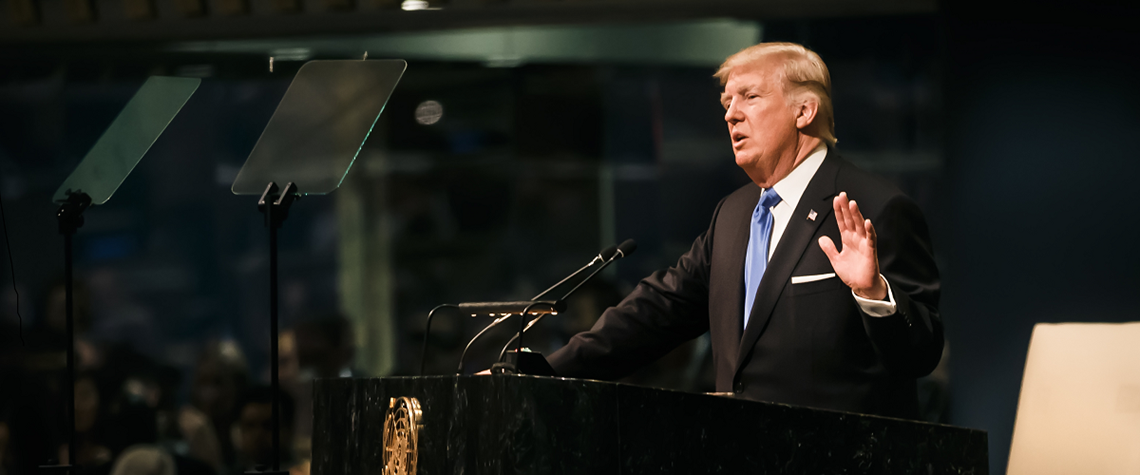The anatomy of a 'supply crunch'
Market forces, Trump's tweets and the latest Opec+ agreement have helped shape global supply in recent months
Early this summer, Opec scrapped its commitment to supply restraint, reversing a long-held policy of keeping markets tight as part of an effort to maintain a price floor. US President Donald Trump had turned up the pressure on the organisation's heavyweights through a series of tweets. "Oil prices are too high, Opec is at it again. Not good!" he Tweeted. Saudi Arabia, for its part, affirmed it would raise output, as crude oil prices reached heights not seen since the heady days of 2014. On the face of it, Trump appeared to have succeeded in twisting Riyadh’s arm to release more barrels onto the market and take the edge off prices surging past $80 a barrel. An Opec ministerial meeting in V

Also in this section
24 December 2025
As activity in the US Gulf has stagnated at a lower level, the government is taking steps to encourage fresh exploration and bolster field development work
23 December 2025
The new government has brought stability and security to the country, with the door now open to international investment
23 December 2025
A third wave of LNG supply is coming, and with it a likely oversupply of the fuel by 2028
22 December 2025
Weakening climate resolve in the developed world and rapidly growing demand in developing countries means peak oil is still a long way away







